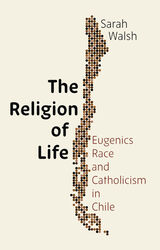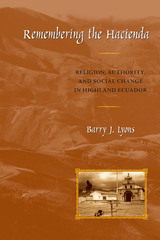Cloth: 978-0-674-15250-2
This book is a concise study of the structure and function of vertebrate respiratory systems. It describes not only the individual organ systems, but also the relationship of these systems to each other and to the animal's environment. For example, the author emphasizes that a proper understanding of respiration involves a consideration of the external environment as a source of oxygen as well as the biochemistry of the cell; and, from the evolutionary point of view, that physiological changes in the respiratory and circulatory systems are dominated by the origin of the land habit.
The author's approach to the subject exemplifies that trend to the amalgamation of Zoology and Physiology, which has become increasingly marked at universities and schools in recent years. This synthesis requires, broadly, a knowledge of classical comparative anatomy, ecology, evolution, physiology and biochemistry; an enormous task, but nevertheless one in which the zoologist holds a central position. This book indicates the nature of such an eclectic approach, with the animal, in its environment and its evolution, as its focal point.
Covering a rapidly changing field of research the author refers to many recent views and indicates where these differ from those commonly accepted.
See other books on: Biology | Life Sciences | Science
See other titles from Harvard University Press












